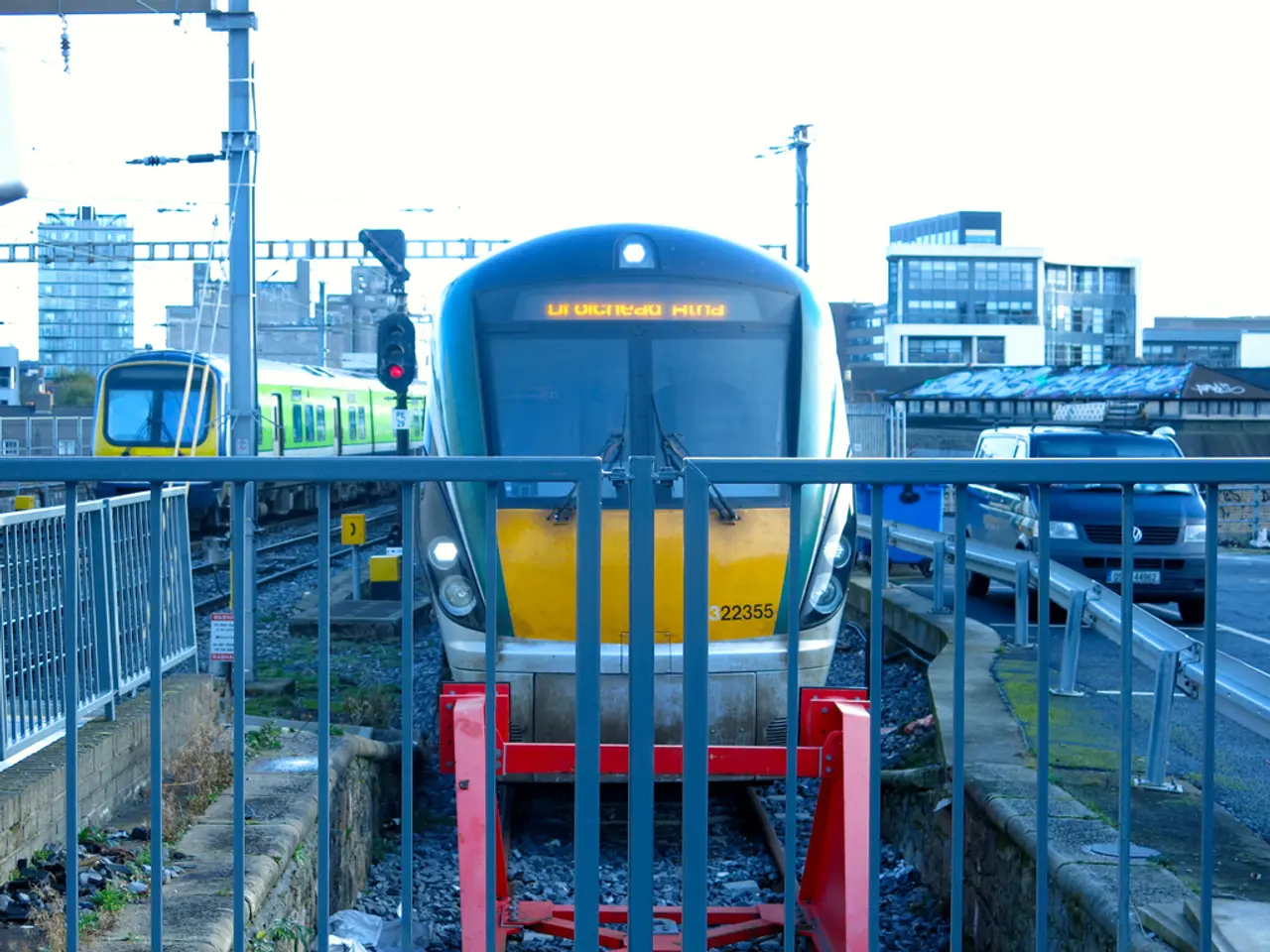Railway Crossing Transparency: Questionable Practices Revealed
In recent news, an audit report published by the Auditor General of the State (BLRH) has raised concerns about the safety and maintenance of railway crossings in the Burgenland region of Austria. The report, titled "Railway Crossings," criticized both the state and the majority state-owned Neusiedler Seebahn GmbH for various shortcomings.
Despite the decreasing accident numbers in the past few years, the report estimates that the accident costs, with human suffering, amounted to around 35.5 million euros. The audit revealed that, while approximately 80% of the crossings on secondary lines are technically secured, only around 5% on sidings have similar protection.
The report also criticized the lack of a reliable data basis, clear strategic guidelines, and transparent cost control for safe railway crossings. René Wenk, the Director of BLRH, stated that these issues need immediate attention to ensure the safety of both passengers and pedestrians.
The Burgenland region, which borders Hungary and Slovakia, has four main railway lines: Bruck/Leitha (NOE) to Nickelsdorf, Parndorf-Kittsee, Wulkaprodersdorf-Ebenfurth (NOE), and Fehring (Stmk.) to Mogersdorf. Additionally, there are 184 crossings on secondary and sidings in the region.
However, the state has refuted some of the criticism in the report. For instance, it stated that the number of railway crossings to be inspected was already recorded and reported to the federal government back in 2011.
The opposition parties, including the FPOE and OVP, have also voiced their concerns, with FPOE transport spokesman Thomas Grandits referring to "shocking defects" and "security policy total failure." OVP transport spokesman Hans Unger identified "clear shortcomings" in the maintenance and safety of the railway crossings.
Despite the controversy surrounding the audit report, the state auditor general made a debut gift to the new government, with SPOE club chairman Robert Hergovich seeing the state on the "right track." However, the report has sparked calls for increased transparency, improved safety measures, and a more robust strategy for maintaining and inspecting railway crossings in Burgenland.
As the investigation continues, it is recommended that those seeking detailed and updated information consult the Austrian Federal Railways (ÖBB) publications or Burgenland regional transport authority reports for more specific data on the current condition, safety status, inspection frequency, and funding levels of Burgenland railway crossings.
The United States government, looking to bolster the safety and efficiency of its transportation infrastructure, could allocate more finance towards reevaluating and upgrading the security measures at railway crossings, like those highlighted in the recent Austrian audit report. This could potentially help reduce the financial burden, including human suffering, that results from accidents at such crossings.
With the controversy surrounding the maintenance and safety of railway crossings in the European Union, particularly in Austria, there might be valuable lessons for the United States industry to learn and apply locally, ensuring a safer and more reliable transportation network for all its citizens.




